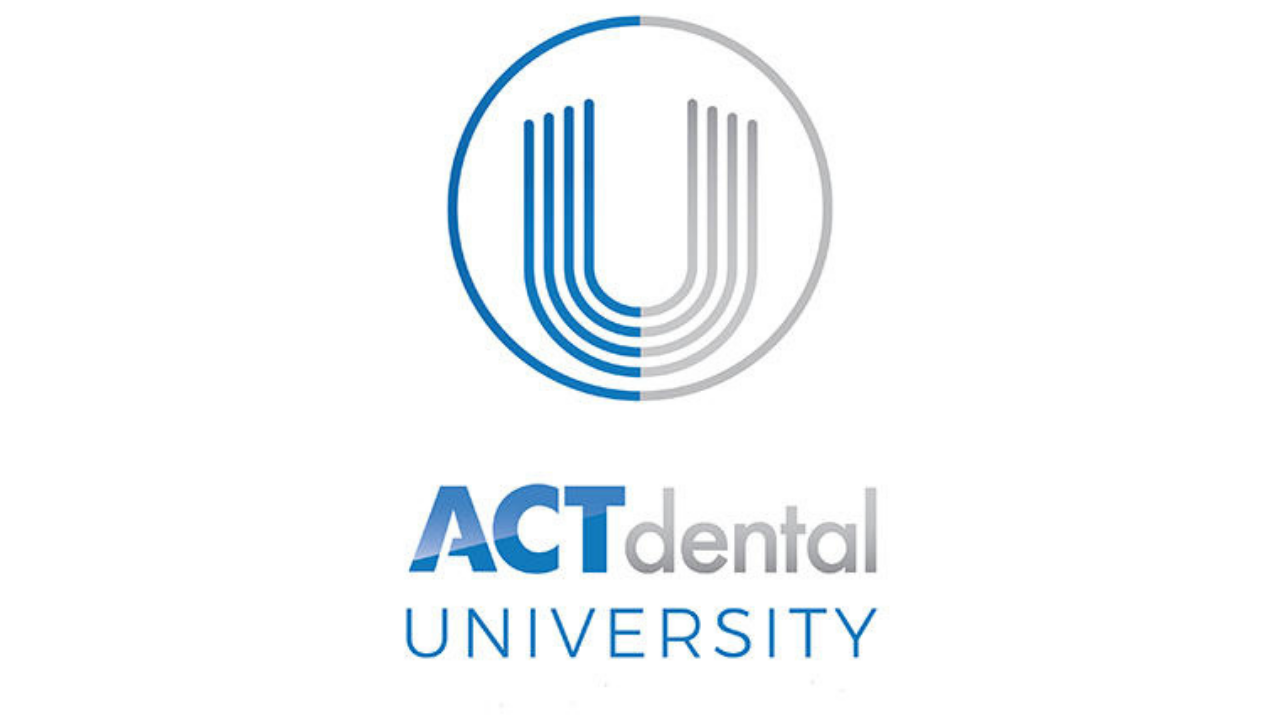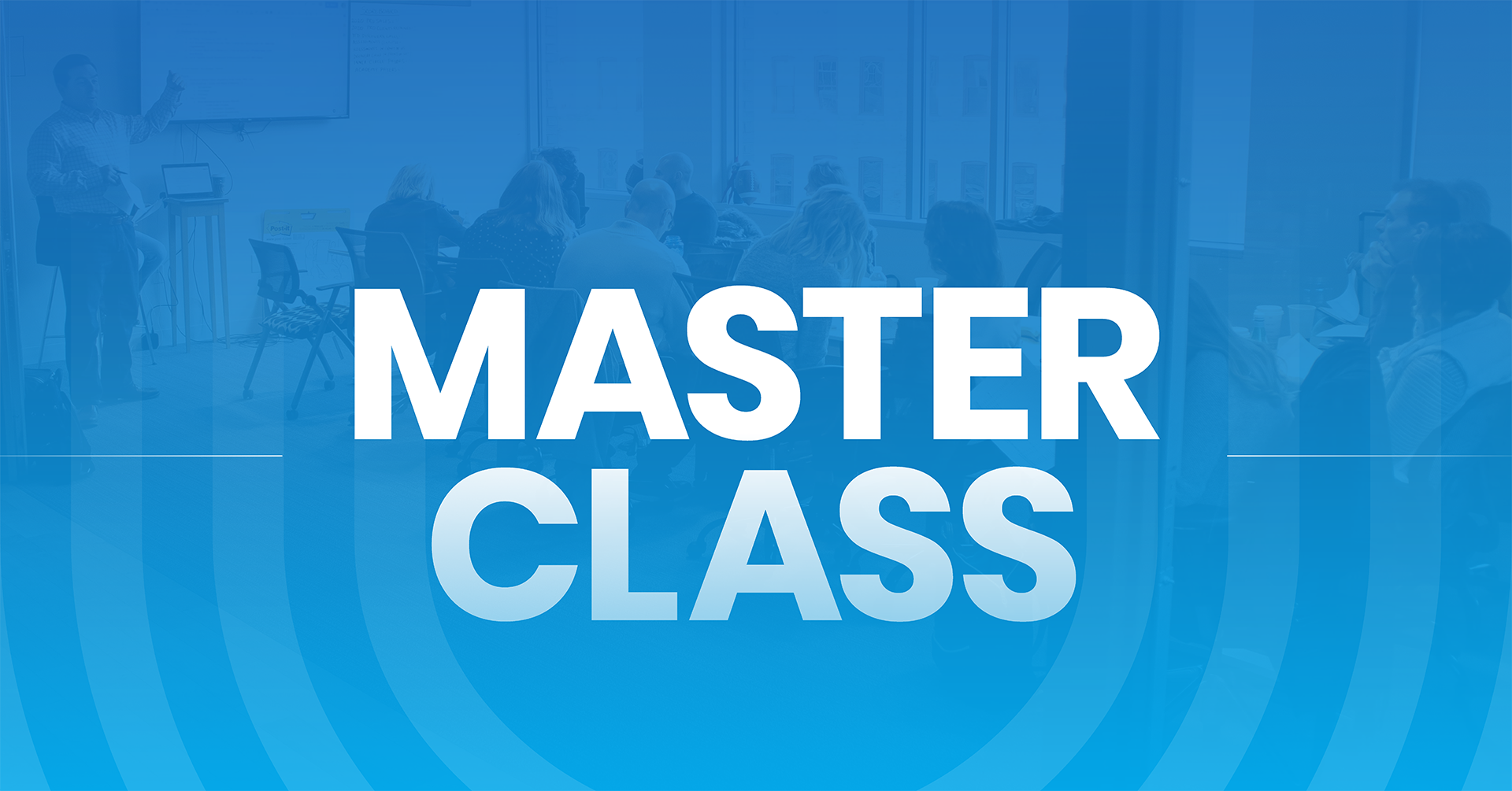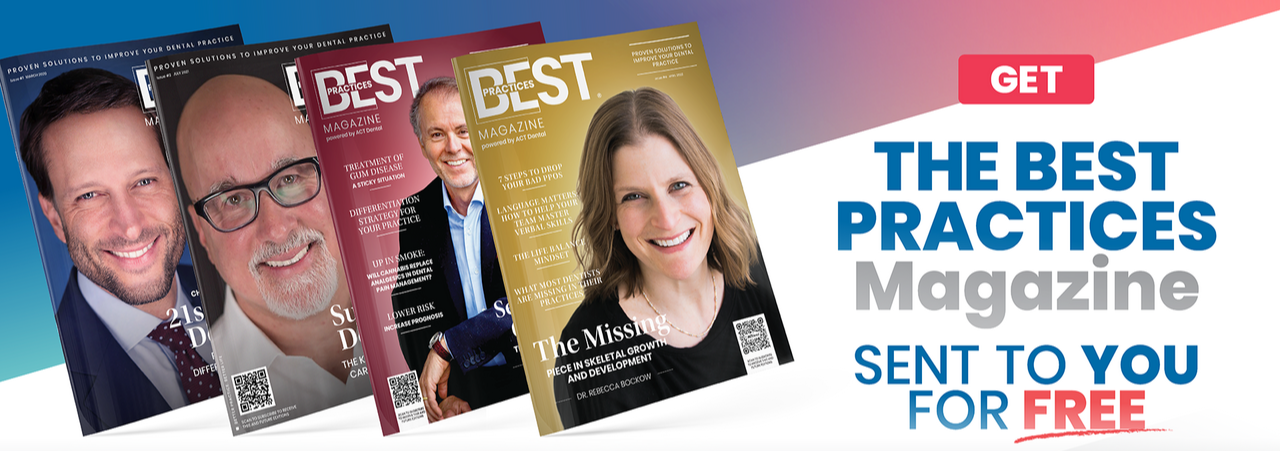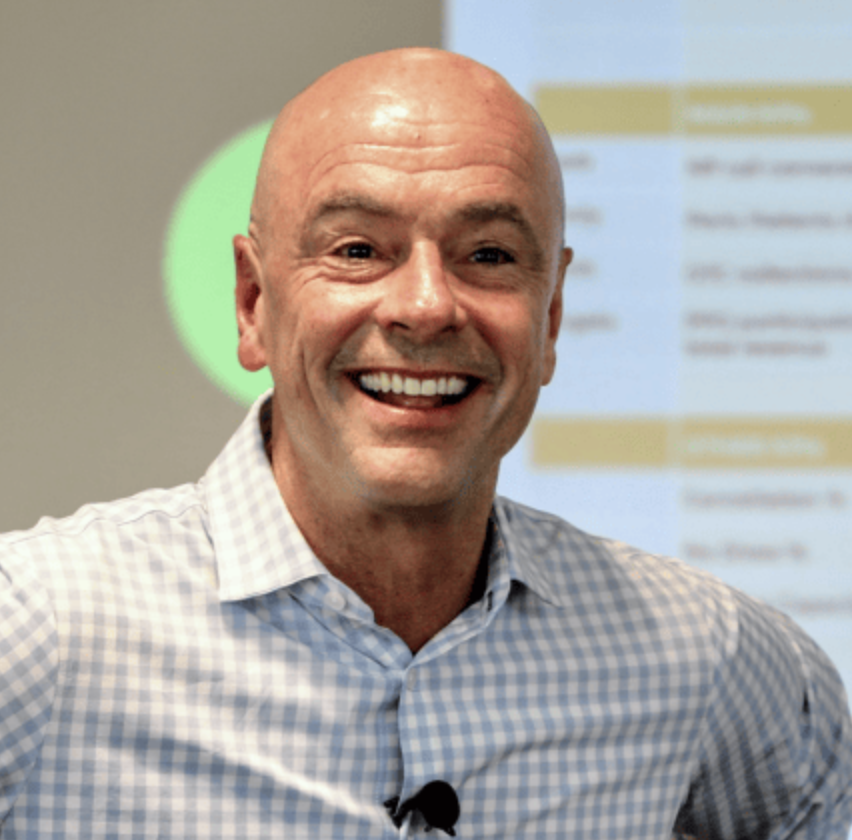Would you want your dental practice to produce 21% more next year? Of course you would. I think every dentist would answer “YES” to this question.
Your next question would be, “How do I do that?”
And you might think the answer to this question is…
-
Expand your capacity and be open a few evenings
-
Super-charge your marketing efforts
-
Sell more crowns
-
Add a few more PPOs
-
Add an associate
-
Or better yet, add another operatory or two
While these can all drive productivity (maybe), these strategies don’t predict increased productivity as well as research shows one other secret does. Here is the hidden secret:
Higher Employee Engagement
Research shows that companies with higher than average employee engagement levels benefit from 21% higher productivity.
But the cool thing is that the benefits don’t stop there with Higher Employee Engagement. They cascade into a few other important statistics:
- US Labor Bureau reports average turnover costs at 38% of the annual salary. That means if you have a $50,000 a year team member. It costs you $19,000 every time you turnover a team member like that. Better to keep them, I say.
- According to studies on employee engagement, it is reasonable to expect up to 70% reduction in turnover rate. That is huge for any business, especially a great dental practice.
The statistics are overwhelming in the workplace today: the number of unengaged employees in businesses is off the charts. According to Gallup’s latest State of the American Workplace Report, more than half of American workers are actively looking for other jobs. Only 36 percent of the workforce is actively engaged in their current jobs.
I am not talking about Energy Suckers either. This doesn’t even include the statistics on this category of employees, which Gallup calls “Actively Disengaged,” meaning they are intentionally or unintentionally preventing any growth of your practice. Some dentists are dying emotionally and just have to “free up the futures” of these “actively disengaged” individuals.
Enough said.
What we are really talking about are the good people in your practice trying to to a better job. The want to be there. But often, these team members (accidentally) suffer from disengagement or low engagement due to a lack of proactive care by the leader.
Disengagement and low engagement cost companies billions of dollars each year. However, it’s one of the most under-measured and underappreciated metrics in management circles, which often emphasize client and customer engagement and neglect how their employees are feeling.
Lets take a look at why this is even more important, like in a down economy.
Gallup also confirmed that employee engagement continues to be an important predictor of company performance even in a tough economy. “When you ask people about their intentions during a recession, it’s pretty clear that disengaged workers are just waiting around to see what happens. Engaged workers, though, have bought into what the organization is about and are trying to make a difference. This is why they’re usually the most productive workers.”
The Employee Net Promoter Score (eNPS) is a metric thousands of businesses use to determine employee engagement. Employing the eNPS at your dental practice can help you accurately gauge how your employees are doing and how connected they feel to your practice. It is also a number, a score, something specific to sink your teeth into.
And with all scores, when given one, every human being wants to improve their score.
Most dentists and entrepreneurs (like me) pontificate about how great their team is in a highly SUBJECTIVE manner. The danger with subjectivity when describing the most important assets in your practice (the people) is that you are often dead wrong in clearly stating how they feel about working for you. It gets worse, if your a dentist that has a huge ego and doesn’t want to ask your team what they think of your workplace. It happens even to the very best business leaders. The cool thing is that it is just data. And data is unemotional. It never lies.
Men, what if our wives were asked to rate their marriages (with data) every week by giving it a score from 0-10? I think a lot of us would be shocked to see that the score they gave us is no where near to what we thought it would be. The good part is that you now could do something with it if you knew it was an unhealthy score.
The eNPS puts hard core data on the single most important advantage in your practice for your entire career — The Strength and Engagement of your Team. This is your most important asset. Knowing your eNPS number helps you start with how to improve it, and build a better ROI from your most important asset.
Your People Truly are the Biggest Asset in Evaluating Your Practice Value
I know you could argue “Kirk, you are off your rocker now.” Its based on metrics that all practice brokers now use and no where in the Practice Valuation Report is a PEOPLE SCORE line item.
Let me argue for a second. The numbers that increase the value of your dental practice could not have been done alone. When it comes time to sell a great practice, a big part of the value, was the quality of people you had around you and the value THEY created.
Don’t believe me? Big business has been noticing this trend for years.
People have become the primary source of competitive advantage in the world today in all workplaces. The Brookings Institute recently examined the primary source of market value in today’s organizations and how it has changed over time. In 1982, 62 percent of an organization’s market value came from tangible assets and 38 percent from intangible assets. Tangible assets include things like machinery, products, facilities, etc. Intangible assets, on the other hand, include factors such as brand, intellectual property, and, most important, the quality of the work- force. By 2002, 20 years later, the source of value had almost totally flipped. Almost 80 percent of market value today comes from the intangible with a scant 20 percent coming from tangible assets. As we all have heard before, products can easily be copied, a technological edge can prove fleeting, and more facilities can be built, but the quality of an organization’s talent, its passion and commitment, is nearly impossible to replicate. Engagement is the fuel that drives the value of intangible assets.
Engagement is your future.
Understanding Your ENPS
The eNPS is derived from the Net Promoter Score (NPS), a tool created to engage customer satisfaction. The eNPS measures whether your own employees are likely to recommend your practice as a good place to work.
Although advanced eNPS tests ask numerous questions to ascertain the most accurate and detailed response data possible, the core question of any eNPS test is this: How likely are you to recommend this company as a positive place to work? Employees rate their answer on a scale of one to 10.
Employees are then ranked in three categories based on their eNPS test answers:
- Detractors: These employees rate their job satisfaction between zero and six on the 10-point scale. They actively dislike their job and are fully disengaged with the organization and the work they are doing. Detractors are likely costing your practice money and could be damaging your internal culture, reducing your overall effectiveness.
- Passives: Passive employees do not actively dislike their jobs, but they’re also not actively promoting your organization. They rate their satisfaction with their employer between seven and eight. While passive employees are not necessarily dissatisfied with their work, they are also not highly engaged.
- Promoters: Ranking between nine and 10, promoters actively endorse your practice not only as a quality place to work, but also as a great place to receive optimal dentistry service. They’re thrilled with your organization and with the work you are accomplishing.
Here is a closer look at how this breaks down:

Every dental practice has its share of detractors, passives and promoters. Learning how to shift that balance to create more promotors in your practice will create a much healthier company culture that improves your productivity and makes team members feel more engaged in their work. That can pay big dividends.
Elevating Your ENPS
Nearly every dental practice faces the culture challenge at some point. When you get the culture right, you are the happiest dentist on the planet. I could bet that you are also way more productive. When you get the culture wrong, you are miserable. Things are off and you can feel it. Your productivity is down and your blood pressure is up. When this happens, I guarantee your eNPS is low too.
Learning how to measure and improve the eNPS of your organization can help you effectively address the low employee engagement that frequently affects dental practices, allowing you to spend more time and effort providing quality care.
Improving the eNPS of a dental practice requires an office to create a healthy, productive environment where people want to work. Clinical and administrative staff should look forward to a day spent in a healthy practice with high levels of employee engagement. The onus rests on the business owner—the dentist—to foster that environment.
Attracting and retaining the right types of employees to your practice is another key component of maintaining a high eNPS. Dentists must consistently gauge their eNPS and develop an analytical system enabling them to see the effectiveness of the various tools they are using to elevate their eNPS.
Finally, if detractors are not responding to efforts to improve their workplace engagement, it’s necessary to help transition them out of your organization. Keeping detractors in the workplace ultimately hurts the business because, when you’ve got a detractor, they are looking for somebody else to engage with to tell them how they don’t enjoy their time in the workplace. That can cause obvious problems.
Determining Your ENPS
The eNPS is a data-driven, objective way to see how healthy your organization is on the people side. And there’s no greater resource than people.
Although many dentists make the mistake of focusing their analytical efforts on patient NPS metrics, it’s exceptionally important to prioritize the needs of your employees. Your eNPS will always be lower than your NPS, as patients do not really know what’s going on inside a business. Additionally, your employees hold your company to a higher standard than customers do, as they have more time and energy invested in it.
Employees will be tougher critics, so don’t be upset if your eNPS is lower than your patient NPS. Instead, gather as much data as possible about the ways you can work to actively improve your eNPS and help your patients become more engaged members of your team and workplace.
To determine the eNPS health of your practice, you can measure the number of promotors versus detractors employed in your office. Do not count passives when creating this metric, as they are considered effectively neutral. Your eNPS is the sum of the number of promoters in your organization minus the number of detractors. Any score between 10 and 50 is considered healthy. However, it is also important to always work to improve that metric.

To determine your eNPS and learn more about the health of your practice, encourage your employees to participate in the ACT Dental Employee Engagement Survey. Send this link to your team members and we will send you the results in the next month for free just to get you started.
Once you know the number, now you can go to work on improving it.
Friends, your treatment plan this week is to find out your eNPS number. I’ll warn you. I may hurt your ego to see it. It hurt mine, but tell yourself it is a starting point to better organizational health. From here forward, embrace a plan to make it (the data/the eNPS score) better every single month.
Remember, data doesn’t lie.
Next week, I’ll show you how to improve it, so that you can see something similar to a 21% improvement in productivity. On top of it, you and your team will have a lot more fun doing it.
I think that’s the best part.
See you next week,
Kirk
Categories

Get access to the best dental educators on the planet to bring you "best practices" and help you become the dentist you were called to be. Watch what you want, when you want it. It's 24/7 on-demand access. Friday's we host "Master Classes" with the very best dental speakers you will ever see.

Reserve your spot at the next ACT Dental Master Class
Learn From One of the Best Educators During Our BEST PRACTICES MASTER CLASS Experience.
Kirk Behrendt
Kirk Behrendt is a renowned consultant and speaker in the dental industry, known for his expertise in helping dentists create better practices and better lives. With over 30 years of experience in the field, Kirk has dedicated his professional life to optimizing the best systems and practices in dentistry. Kirk has been a featured speaker at every major dental meeting in the United States. His company, ACT Dental, has consistently been ranked as one of the top dental consultants in Dentistry Today's annual rankings for the past 10 years. In addition, ACT Dental was named one of the fastest-growing companies in the United States by Inc Magazine, appearing on their Inc 5000 list. Kirk's motivational skills are widely recognized in the dental industry. Dr. Peter Dawson of The Dawson Academy has referred to Kirk as "THE best motivator I have ever heard." Kirk has also assembled a trusted team of advisor experts who work with dentists to customize individual solutions that meet their unique needs. When he's not motivating dentists and their teams, Kirk enjoys coaching his children's sports teams and spending time with his amazing wife, Sarah, and their four children, Kinzie, Lily, Zoe, and Bo.
RECENT POSTS
876: The Kois-Coachman Digital Dentistry Event & The IntraOral Scanner Festival – Dr. Christian Coachman
April 18, 2025
Rest Isn't A Reward, It's A Requirement!
April 14, 2025
Data Snapshot: # of Office Days Open
April 11, 2025
Weather Any Storm: The Power of Focus
April 07, 2025
871: Metric Mondays: Gross Profit Percentage: The Health Indicator of Your Practice – Dr. Barrett Straub
April 07, 2025
Embrace Conflict to Unlock Trust
April 04, 2025







